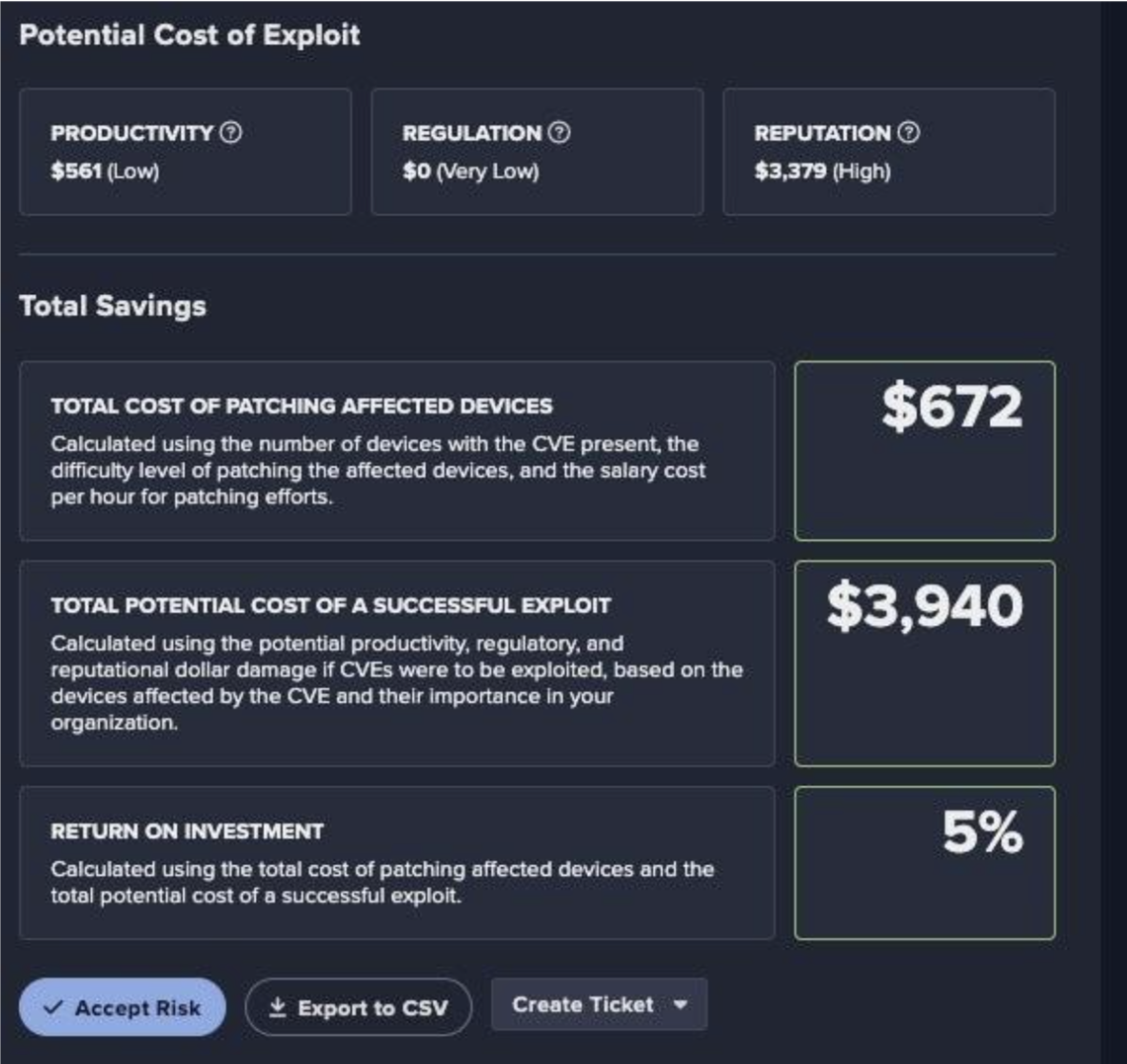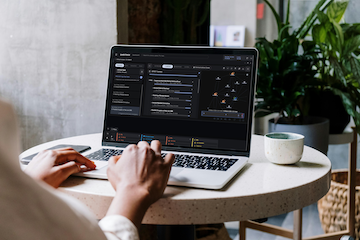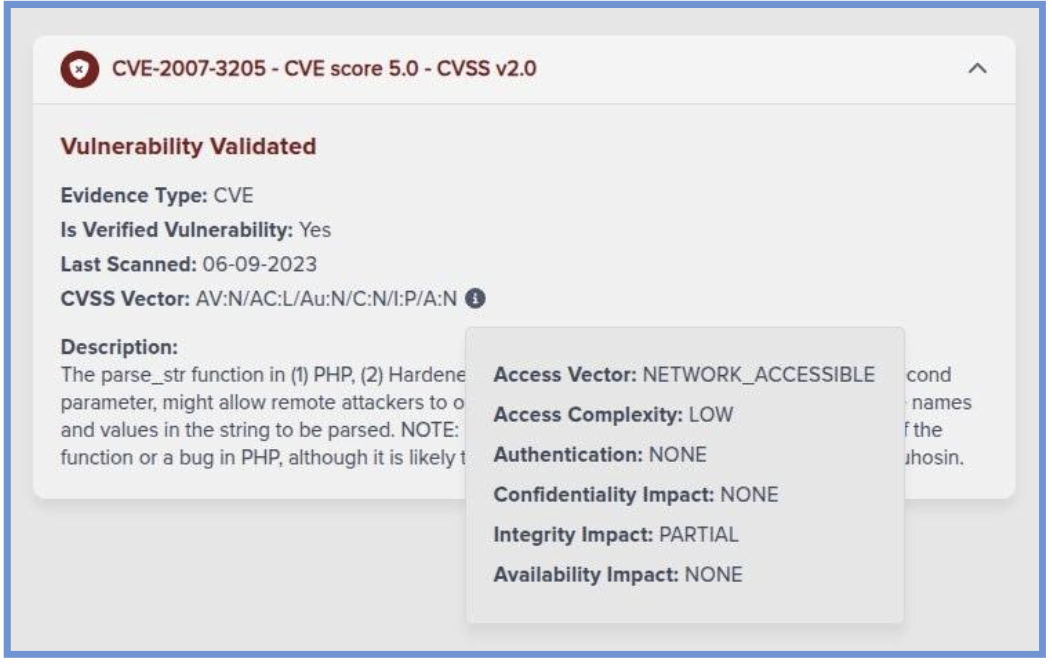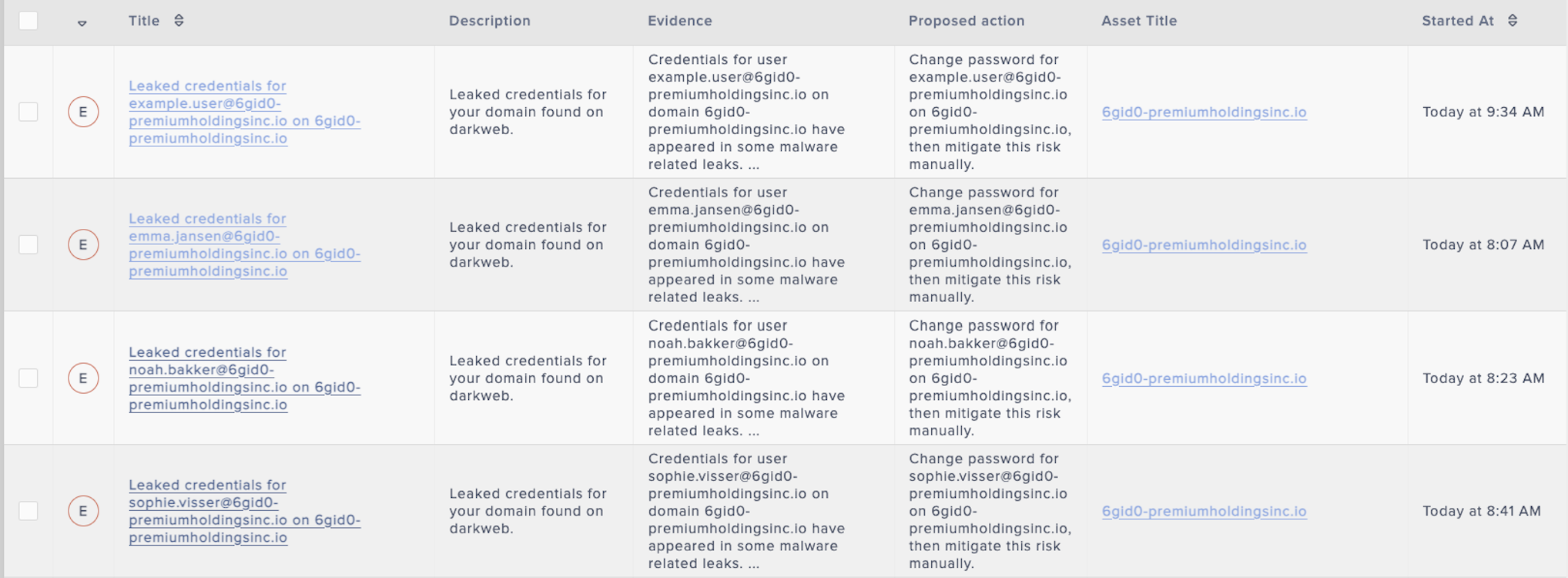The challenge of convergence without clarity
Convergence is no longer a roadmap idea, it is the daily reality for industrial security teams. As Information Technology (IT) and Operational Technology (OT) environments merge, the line between a cyber incident and an operational disruption grows increasingly hard to define. A misconfigured firewall rule can lead to downtime. A protocol misuse might look like a glitch. And when a pump stalls but nothing appears in the Security Operations Center (SOC) dashboard, teams are left asking: is this operational or is this a threat?
The lack of shared context slows down response, creates friction between SOC analysts and plant engineers, and leaves organizations vulnerable at exactly the points where IT and OT converge. Defenders need more than alerts, they need clarity that both sides can trust.
The breakthrough with Darktrace / OT
This latest Darktrace / OT release was built to deliver exactly that. It introduces shared context between Security, IT, and OT operations, helping reduce friction and close the security gaps at the intersection of these domains.
With a dedicated dashboard built for operations teams, extended visibility into endpoints for new forms of detection and CVE collection, expanded protocol coverage, and smarter risk modeling aligned to segmentation policies, teams can now operate from a shared source of truth. These enhancements are not just incremental upgrades, they are foundational improvements designed to bring clarity, efficiency, and trust to converged environments.
A dashboard built for OT engineers
The new Operational Overview provides OT engineers with a workspace designed for them, not for SOC analysts. It brings asset management, risk insights and operational alerts into one place. Engineers can now see activity like firmware changes, controller reprograms or the sudden appearance of a new workstation on the network, providing a tailored view for critical insights and productivity gains without navigating IT-centric workflows. Each device view is now enriched with cross-linked intelligence, make, model, firmware version and the roles inferred by Self-Learning AI, making it easier to understand how each asset behaves, what function it serves, and where it fits within the broader industrial process. By suppressing IT-centric noise, the dashboard highlights only the anomalies that matter to operations, accelerating triage, enabling smoother IT/OT collaboration, and reducing time to root cause without jumping between tools.
This is usability with purpose, a view that matches OT workflows and accelerates response.
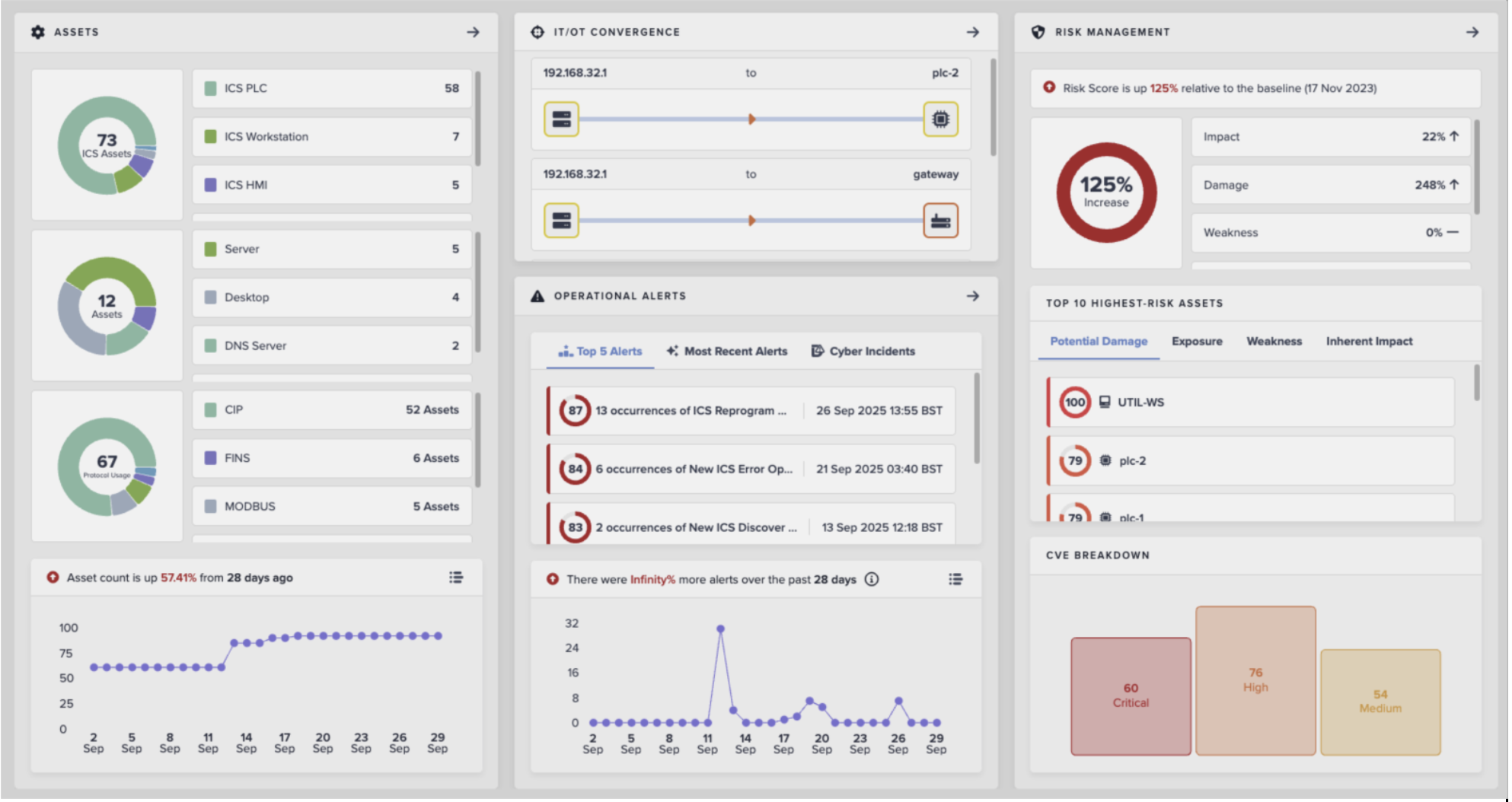
Full-spectrum coverage across endpoints, sensors and protocols
The release also extends visibility into areas that have traditionally been blind spots. Engineering workstations, Human-Machine Interfaces (HMIs), contractor laptops and field devices are often the entry points for attackers, yet the hardest to monitor.
Darktrace introduces Network Endpoint eXtended Telemetry (NEXT) for OT, a lightweight collector built for segmented and resource-constrained environments. NEXT for OT uses Endpoint sensors to capture localized network, and now process-level telemetry, placing it in context alongside other network and asset data to:
- Identify vulnerabilities and OS data, which is leveraged by OT Risk Management for risk scoring and patching prioritization, removing the need for third-party CVE collection.
- Surface novel threats using Self-Learning AI that standalone Endpoint Detection and Response (EDR) would miss.
- Extend Cyber AI Analyst investigations through to the endpoint root cause.
NEXT is part of our existing cSensor endpoint agent, can be deployed standalone or alongside existing EDR tools, and allows capabilities to be enabled or disabled depending on factors such as security or OT team objectives and resource utilization.
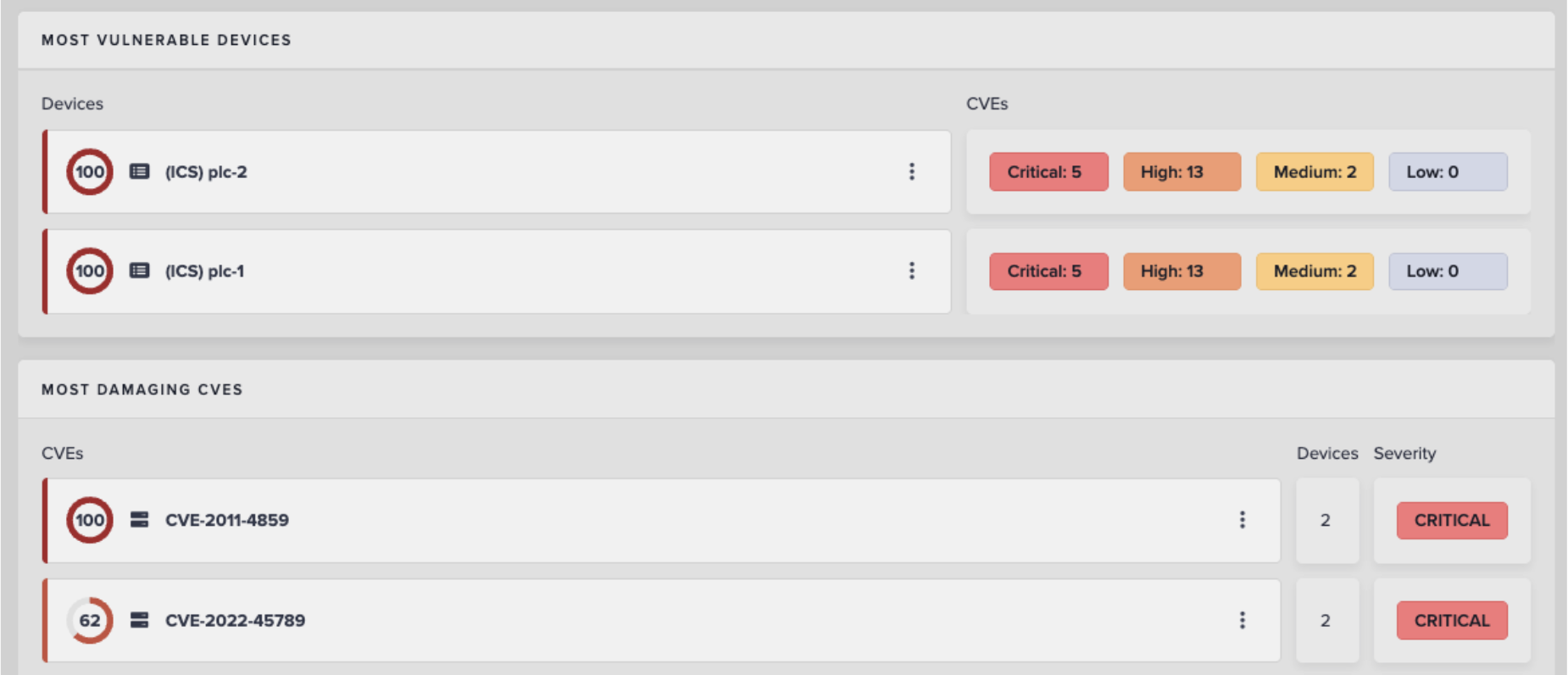
The family of Darktrace Endpoint sensors also receive a boost in deployment flexibility, with on-prem server-based setups, as well as a Windows driver tailored for zero-trust and high-security environments.
Protocol coverage has been extended where it matters most. Darktrace now performs protocol analysis of a wider range of GE and Mitsubishi protocols, giving operators real-time visibility into commands and state changes on Programmable Logic Controllers (PLCs), robots and controllers. Backed by Self-Learning AI, this inspection does more than parse traffic, it understands what normal looks like and flags deviations that signal risk.
Integrated risk and governance workflows
Security data is only valuable when it drives action. Darktrace / OT delivers risk insights that go beyond patching, helping teams take meaningful steps even when remediation isn't possible. Risk is assessed not just by CVE presence, but by how network segmentation, firewall policies, and attack path logic neutralize or contain real-world exposure. This approach empowers defenders to deprioritize low-impact vulnerabilities and focus effort where risk truly exists. Building on the foundation introduced in release 6.3, such as KEV enrichment, endpoint OS data, and exploit mapping, this release introduces new integrations that bring Darktrace / OT intelligence directly into governance workflows.
Fortinet FortiGate firewall ingestion feeds segmentation rules into attack path modeling, revealing real exposure when policies fail and closing feeds into patching prioritization based on a policy to CVE exposure assessment.
- ServiceNow Configuration Management Database (CMDB) sync ensures asset intelligence stays current across governance platforms, eliminating manual inventory work.
Risk modeling has also been made more operationally relevant. Scores are now contextualized by exploitability, asset criticality, firewall policy, and segmentation posture. Patch recommendations are modeled in terms of safety, uptime and compliance rather than just Common Vulnerability Scoring System (CVSS) numbers. And importantly, risk is prioritized across the Purdue Model, giving defenders visibility into whether vulnerabilities remain isolated to IT or extend into OT-critical layers.
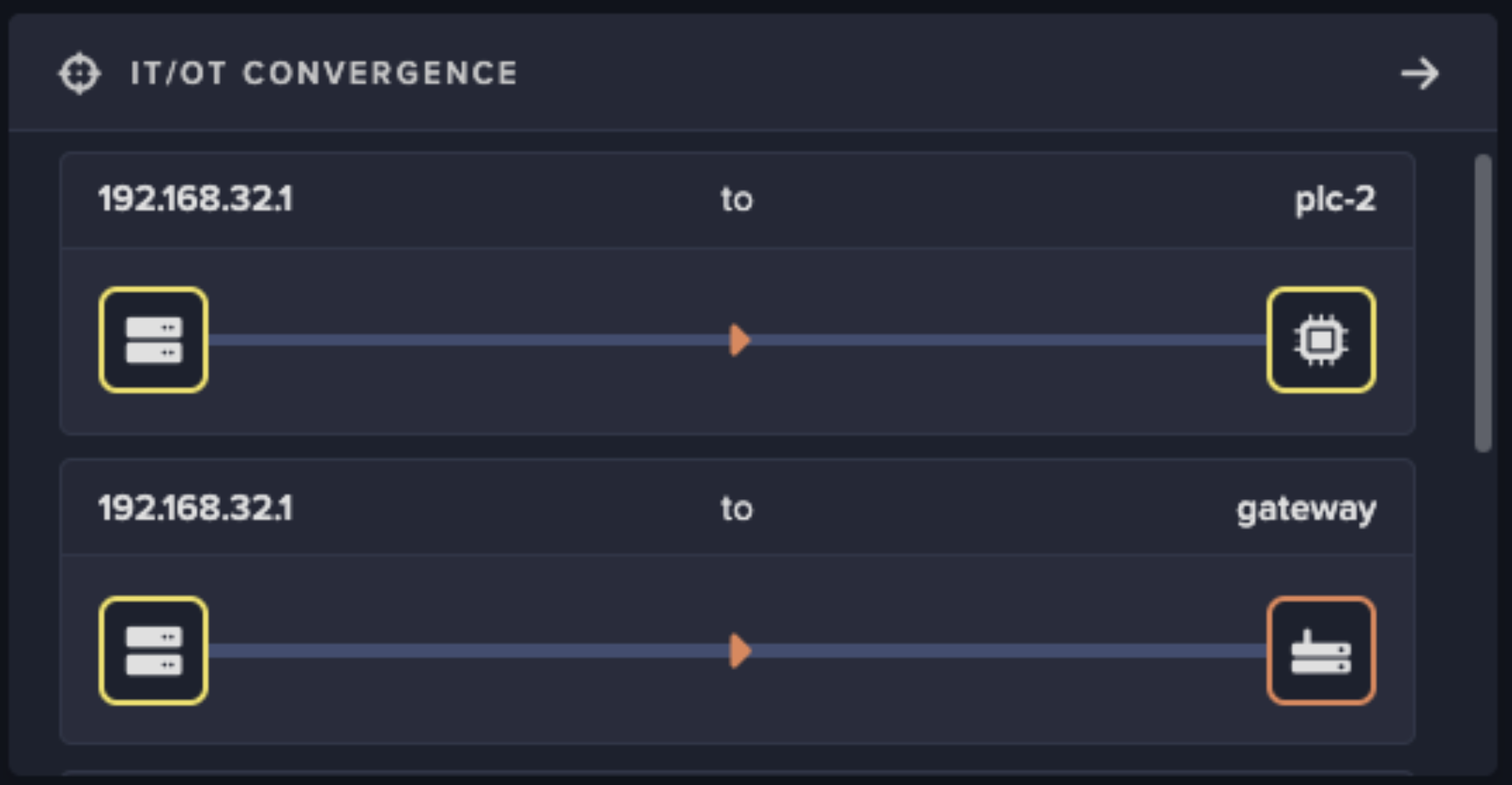
The real-world impact for defenders
In today’s environments, attackers move fluidly between IT and OT. Without unified visibility and shared context, incidents cascade faster than teams can respond.
With this release, Darktrace / OT changes that reality. The Operational Overview gives Engineers a dashboard they can use daily, tailored to their workflows. SOC analysts can seamlessly investigate telemetry across endpoints, sensors and protocols that were once blind spots. Operators gain transparency into PLCs and controllers. Governance teams benefit from automated integrations with platforms like Fortinet and ServiceNow. And all stakeholders work from risk models that reflect what truly matters: safety, uptime and compliance.
This release is not about creating more alerts. It is about providing more clarity. By unifying context across IT and OT, Darktrace / OT enables defenders to see more, understand more and act faster.
Because in environments where safety and uptime are non-negotiable, clarity is what matters most.
Join us for our live event where we will discuss these product innovations in greater detail
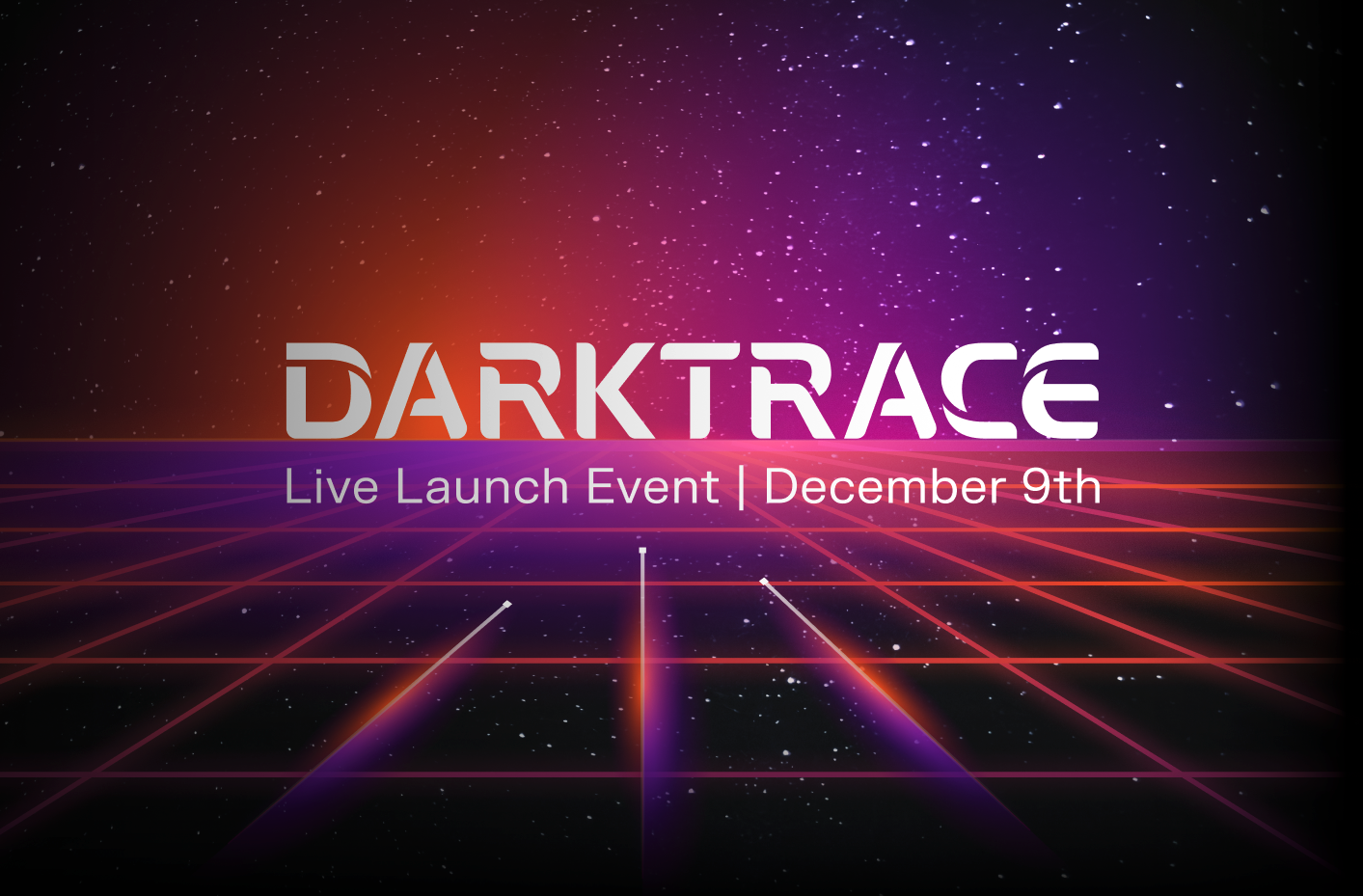





































%20copy.jpg)


